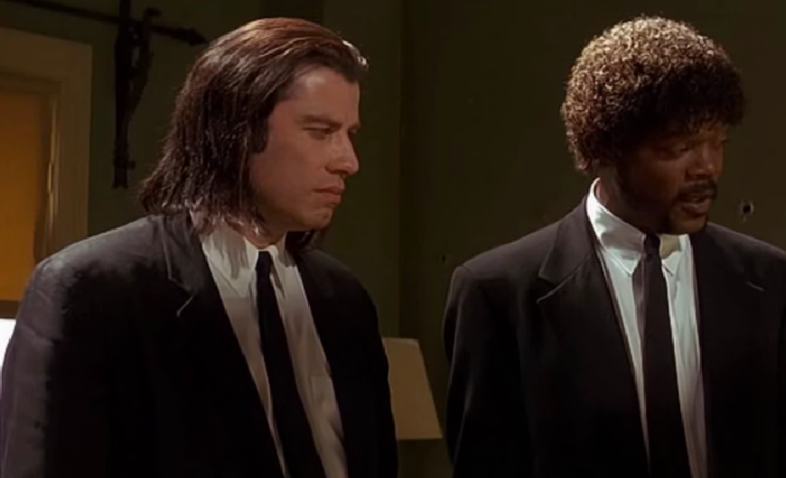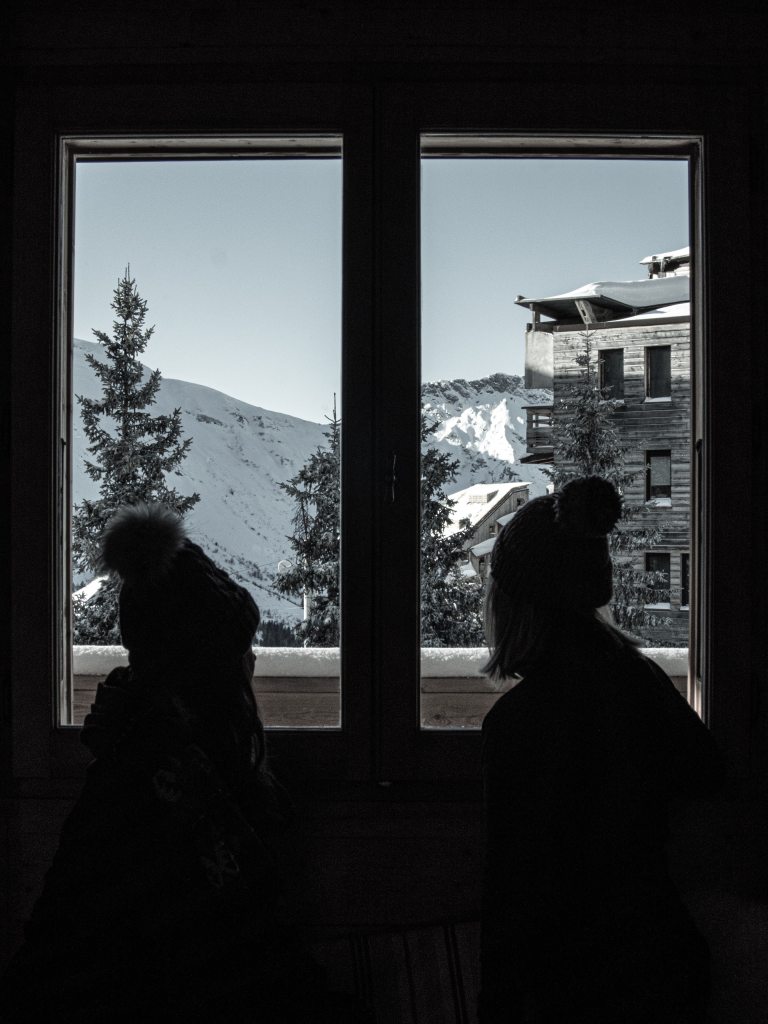What Is Cool?


When I was a kid, I was obsessed with Humphrey Bogart. I had this large cardboard cut out of him in my room, wearing that suit, that hat, and leaning just so with a cigarette. Yes, in the 70s cigarettes were not yet so thoroughly stigmatized but we’ll return to cigarettes shortly. I was into Fred Astaire, too, but the whole jubilant dancing thing had its limits in my book. No, I was mostly into Bogie’s whole shtick — his delivery, his tone, his posture. I was into cool.
I’ve been intrigued by the concept of cool ever since — not being cool, mind you, as I am not nor will ever be cool. I’m too goofy, too emphatic, too slovenly — words, stains, emotions, anxiety leak from me continuously. No, I’m not cool but I’ve been interested in the concept of cool, the definition of cool, the operation of cool.
Of course, we use cool in a variety of contexts to describe what seem like vastly different experiences. For instance, you look at a video that visualizes the entire universe and you say, Cool! It’s a declaration that whatever has been offered — a fact, a song, a movie — is something worth taking note of, something that exceeds the everyday. It could be a break dancer, a picture of a volcano mid-explosion, or a fact about scorpions. But cool is different than cute or beautiful or awesome, all of which grab our attention and exceed the everyday. But they do so in different ways. So what is it that makes things as different as Bogart and black holes cool?
Cool is restrained, but not repressed, passion. It’s a burbling that doesn’t explode. It’s contained but not staid. Picture all the icons of cool — Bogart, Dean, Chow Yun-Fat, Pam Grier. They are all brimming with life and yet somehow keep it all together. They’re not Jack Black, coming out of his pants. They’re not Jim Carrey or Robin Williams flailing about. They’re not Mr. Pink; they’re Joe Cabot, the boss (not quite Mr. Blonde who’s a psychopath, not cool). They are founts of passion but they don’t let themselves get carried away; they control and contain their vim. They’re sensitive but — or and so — they maintain a certain distance, a certain stoic resolve.
Oh, these cool cats may be pushed to the limit. But even when they’re up against the wall, even when they’re sweaty and tired and have shot and killed a bevy of thugs, even when the cops and the mobsters are both breathing down their necks, they never become unglued. Cool under pressure, is the expression. But they don’t have ice in their veins; they bleed hot but they bleed rarely.
Tarantino, who is himself so uncool, loves the cool. Think about Jackie Brown. De Niro and Sam Jackson want to be cool but are too goofy, too full of themselves, too showy, too quick to fly off the handle. But Pam Grier’s Jackie Brown? She’s one cool customer, even with a gun in her face. (Meanwhile, Pulp Fiction is homage to the cool — Vincent and Jules, Butch, Marsellus, Esmeralda Villalobos. Everyone else is, for the most part, killed.)
So back to those cigarettes. Why are — or were — they so cool? Picture the characters in Wong Kar Wai’s incredible Fallen Angels. They’re always smoking. Now think about how I just used that word, smoking. They are giving off heat, passion and life itself radiating out of them: they are smoking. But they’re always smoking cigarettes, too. Because a cigarette is, quite literally, this discrete containment of heat. A cigarette is bounded yet burns. And this is the very definition of cool: fire under control without ever being uptight.
Now picture Tony Soprano with his cigar. It’s a containment of fire but it’s big, consumptive, gangly — just like Tony. In fact, the characters in The Sopranos are never quite cool. They try to be cool but, in reality, they are emotional adolescents who give way to their immediate passions. Tony is always fighting his anger; Phil Leotardo is overcome with resentment. They’re too out of control — just as a cigar is a barely contained cigarette (not that cigars can’t be cool; they just need a different disposition). The very premise of The Sopranos is precisely that Tony can’t keep it contained, that he keeps having panic attacks: that he’s not actually cool. We see this in Scorsese’s mob films, too. Think of Joe Pesci: he’s constantly going off the deep end. Sure, there are cool gangsters. But, in the recent depictions, most of them are always coming unglued.
I am not ignoring the politics and economics of smoking. Yes, there is vested interest by Big Tobacco in making cigarettes cool. But the fact is cigarettes are kinda cool. That doesn’t mean they’re not also grotesque or tainted by need and greed. We don’t live in an age of cool; we live in an age of anxiety and fear so of course we feel that way about smoking.
The Velvet Underground is cool. Think of Lou Reed’s voice, its deadpan, understated delivery of extreme states. And I feel just like Jesus’ son. The VU were all New York cool, a counterpoint to San Francisco’s flowing hippy madness. The Grateful Dead are a lot of things but cool isn’t one. Dead shows were too exuberant, all that loose pajama clothing twirling and twirling and jiggying. Please note that I’m not passing judgment. I love both the VU and the Dead (I went to 25 or so Dead shows back in the day). I’m only trying to understand the ways of cool.
So why do we say cool when we hear certain facts or watch certain videos? Because we’re experiencing cool, a discrete nugget of knowledge or life that is brimming with excess.
Martinis are not just cool: they breed coolness. Consider the martini glass. It’s a lot of strong booze delivered in a glass that demands the drinker keep it together. If you get sloppy drinking a martini — a drink that is getting you lit — you won’t be able to drink it. The martini glass is more than a symbol. It is a pedagogy in the ways of being cool: be lit, always, but keep it together. ![]()



